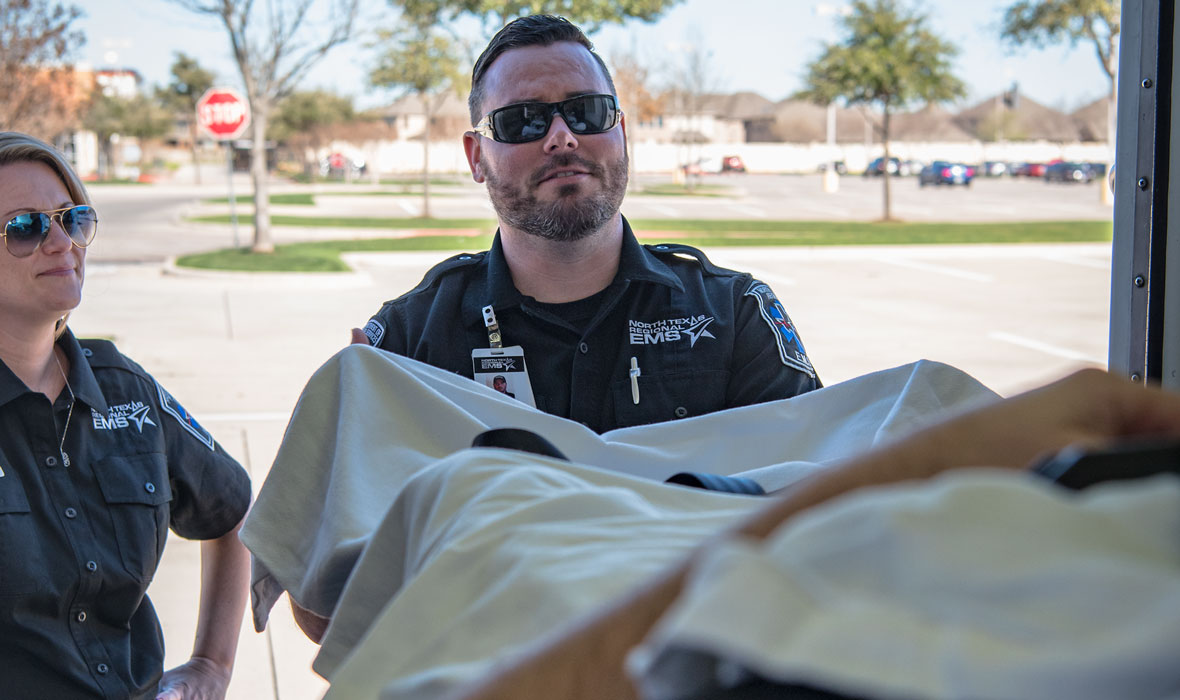Pulsara Around the World - 2025 Recap and January 2026
December Recap After an incredibly busy events year with 102 conferences, trade shows, and sponsorships, December was on the slower side for us, with...

EDITOR'S NOTE: Special thanks to Chris Matthews for writing today's blog post. You can connect with him on LinkedIn.
I have been involved in EMS in one way or another since 1994, and while technologies and techniques have continued to change and advance the field, one thing still persists today: EMS doesn’t have a unified “voice.” That’s where you come in.
Let me explain…
A couple of years ago, a bit of a controversy was brought on by a chapter of a state nursing association in Texas. They published a letter requesting that its members contact their legislators to have them vote down a proposal allowing Paramedics to practice at their full scope in hospitals. This letter was passed on to me, and I wrote an article debunking misconceptions proffered about EMS and a Paramedic’s ability to practice emergency medicine.
I quickly found out that a large number of EMTs, Paramedics, and nursing colleagues also supported the Paramedics in this issue. We apparently just needed this pivotal issue to bring us together to support this important topic that could have put serious restraints on our future as anything but “ambulance drivers.”
That article helped, in part, to give birth to a state legislative advocacy organization, the Association of Texas EMS Professionals. While we ultimately compromised on the proposed legislation, it was a fair compromise. This could not have happened without a few key Texas EMS professionals stepping up and owning their profession.
The ATEMSP continues to push for what its members want, providing a strong voice in the Texas legislature for the individual EMS provider. It happened because WE, the providers, wanted a change and we made it happen.
There are many voices for EMS, and many views on what directions we could or even should take in the future. Besides agency advocacy organizations like CAMTS and the AAA, there are organizations that advocate for the individual member, the employer, or industry manufacturing standards. It is key to find these organizations and get involved. Be the boots on the ground. After all, those boots were essential in helping the ATEMSP move from a grassroots effort to the force it is today.
The NAEMT, the IAFCCP, the NAEMSE, the NAEMSO, and the IAFF as well as other unions need you to answer their calls to step up and fill open leadership positions. You can learn from senior leadership in your advocacy organization. You can learn by trial and error. You can learn by sitting back and watching for a while -- just not for too long. Eventually, you will have the opportunity to steer the future of EMS. Maybe in a local or state association, or maybe a national organization.
So, what’s next? Take an additional step. Get involved in elections and become a board member or regional representative. Get people to vote for you! Complaining doesn’t make change. Action does. Own your advocacy organization.
If you are sincere about this career, the time has come to stop standing on the shoulders of the men and women that built it “Back In The Day.” I had my time to be a voice. It’s up to our new medics to own that now. Be the leader you are looking for.

December Recap After an incredibly busy events year with 102 conferences, trade shows, and sponsorships, December was on the slower side for us, with...

Editor's Note: In July 2025, EMS1 and Fitch & Associates released their annual EMS trend survey, What Paramedics Want, proudly sponsored by Pulsara....
![[PRESS RELEASE] Published Research Finds Up to 31% Faster STEMI Treatment Times in Rural Hospital Setting with Pulsara](https://www.pulsara.com/hubfs/_1_website-page-blog-assets/pulsara-hosp-teams-assign-cardio-stemi-rn-1200x701.jpg)
Published research shows how using Pulsara, alongside standardized field activation and a focus on stakeholder relationships, improves STEMI care and...